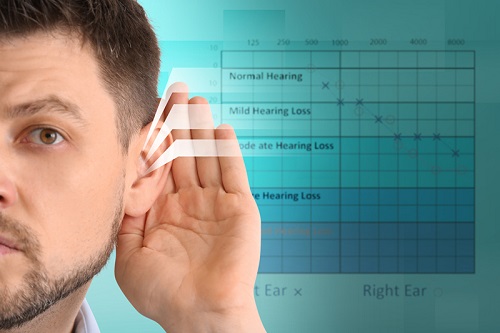
The National Institute for Occupational Safety and Health (NIOSH) lists job-related hearing loss as one of the leading work-related injuries in the U.S. Repeated noise can harm your hearing, but even a loud, one-time noise can cause lasting damage. These tips can help you protect your hearing on the job:
1 Know which noises can cause damage.
Regularly monitor noise levels in the workplace to identify equipment and areas where noise exposure exceeds permissible limits. Noise levels can be checked with sound level meters such as NIOSH’s free Sound Level Meter smartphone app. If the noise level is above 85 A-weighted decibels (dBA) or if workers have to raise their voices to speak to someone within a few feet, the noise is likely too high.
2 Reduce noise exposure.
Use engineering controls to reduce noise levels at the source, such as isolating noisy equipment or installing sound barriers. If you cannot eliminate noise, substitute the machinery with quieter equipment, or isolate yourself from the hazard.
3 Wear personal protective equipment (PPE).
OSHA recommends providing appropriate hearing protection, such as earplugs or earmuffs, to employees exposed to excessive noise levels. Make sure earplugs block the ear canal with an airtight seal or choose earmuffs that fit firmly over the outer ear. Wear earplugs and earmuffs together when exposed to extreme noise.
4 Provide training and awareness.
Educate employees about the risks of excessive noise exposure, the proper use of hearing protection, and the importance of reporting symptoms related to hearing loss. Encourage employees to voice their concerns without fear of retaliation.
5 Establish a hearing conservation program.
Develop a hearing conservation program that includes regular audiometric testing, noise exposure monitoring, training, and recordkeeping. Provide resources for employees to get help or medical evaluation if needed.
If you would like help developing a hearing conservation program, download DWC’s free online publications: Hearing Conservation Sample Written Program (English/Spanish) or Hearing Conservation Workplace Program (English).
DWC also offers access to free streaming videos on hearing conservation and hearing conservation for at-risk workers. Additionally, safety training specialists are available to help you develop or evaluate your company’s hearing conservation program by contacting SafetyTraining@tdi.texas.gov or 800-252-7031, option 2.
